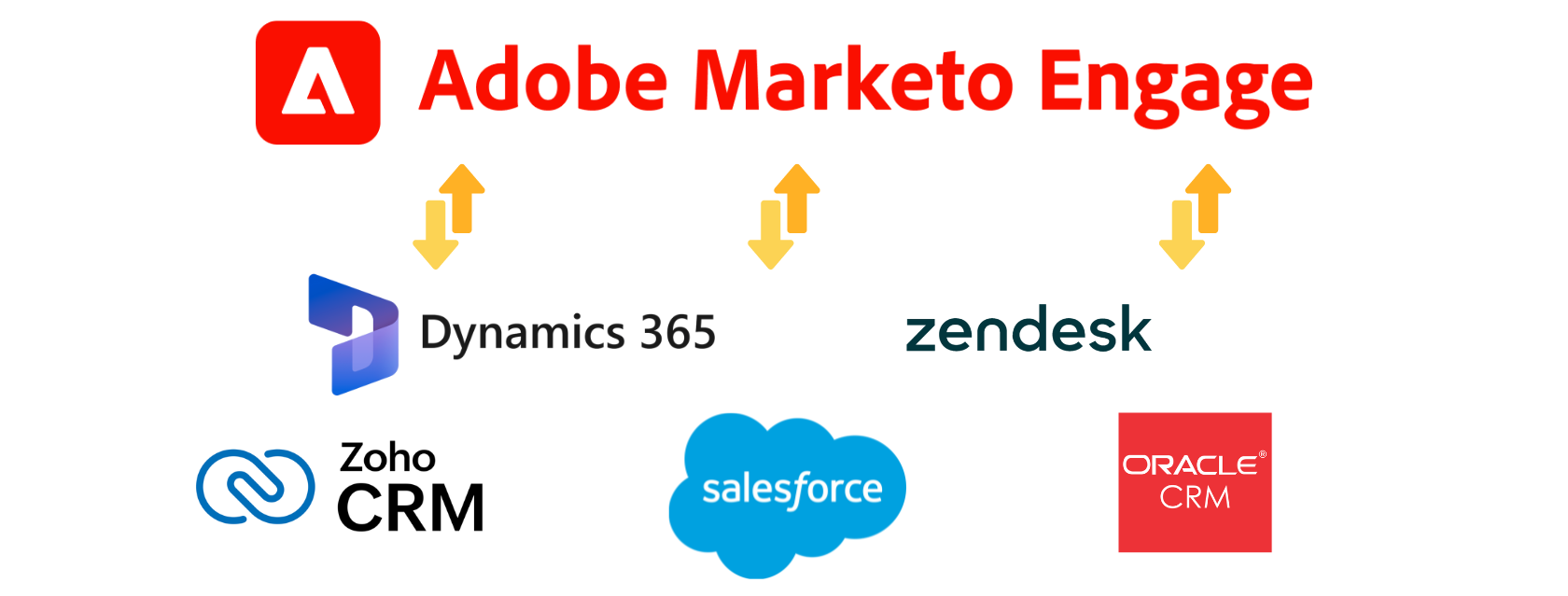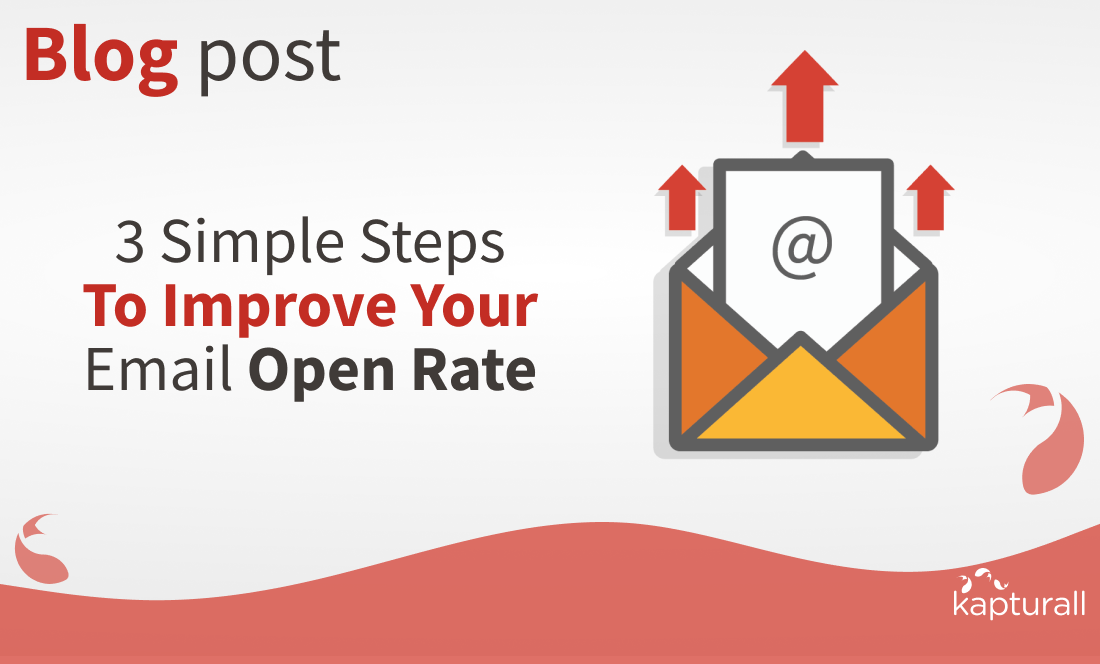When To Sync Marketo Leads To Your CRM
Overview
Closer alignment between marketing and sales teams can help your business qualify more leads and make more conversions. That’s why the integration of marketing automation platforms – like Marketo – with CRM systems – such as Salesforce and Microsoft Dynamics – is essential for any modern business.
Understanding the best moment to sync your Marketo leads with your CRM is a critical decision that can significantly impact your organization’s operations and results. In this article, I’ll explore different strategies for lead synchronization, as well as best practices for effective integration.
Integrating Marketo and your CRM allows you to strategically consolidate your marketing and sales efforts, providing a unified view of leads and customers. Integration of the two systems facilitates better data management, improves process efficiency, and ensures that both teams work with the latest information. Choosing when to sync leads is a crucial part of successful integration. There are two options for syncing Marketo leads with your CRM: immediate sync and rule-based sync. Both approaches have advantages (and disadvantages) that need to be carefully weighed up before you decide on the right strategy for your organization. Here’s a summary of the pros and cons of each approach. Immediate sync sends leads straight to your CRM almost instantlyafter creation in Marketo (in near-real time): Rule-based sync is when leads from Marketo must meet certain qualification criteria before entering the CRM. When you’re integrating Marketo with your CRM, you need to carefully consider when to sync leads. Immediate sync provides complete visibility from the start but can overwhelm the sales team with irrelevant data. On the other hand, rule-based sync allows a more precise approach, ensuring that only qualified leads reach sales. The downside is that it’s more complex to manage and maintain. The key is to find a balance that maximizes efficiency and data quality, avoids duplicates, and ensures that information is always up-to-date. Proper configuration and optimization are crucial to ensuring effective synchronization between Marketo and your CRM. There are two key aspects involved with this: To ensure efficient synchronization, it’s important to follow best practices. Here are four worth following: Deciding when to sync Marketo leads with your CRM is a strategic decision that can significantly influence the effectiveness of marketing and sales teams. It’s clear that immediate sync and rule-based sync both have their own benefits and challenges. Proper configuration and optimization of the integration are key for ensuring effective synchronization, improving data quality, and avoiding duplicates. Your choice of approach will depend on the specific needs of your organization. By following best practices, you can maximize the benefits of integration and achieve greater alignment between marketing and sales. Need strategic support with syncing Marketo Leads with your CRM? Speak to a specialist at Kapturall. Contact usWhy integrate Marketo and your CRM?
Immediate Sync vs Rule-Based Sync
Immediate Sync
Pros:
Cons:
Rule-Based Sync
Pros:
Cons:
The best integration for your business
Configuration and optimization of the sync
Best practices for efficient synchronization
Strategic syncing
SIGN UP FOR OUR NEWSLETTER
Eduardo Baquedano
Senior Marketing Consultant in Kapturall
Eduardo kicked off his career in sustainable mobility at SEAT before pivoting to become a marketing automation consultant, earning X2 Marketo Certification along the way. He now heads Marketing at Kapturall, where he's broadened his expertise in Marketing and Sales. Beyond work, his passion for climbing mirrors his love for challenges, showcasing his relentless pursuit of personal and professional growth.




